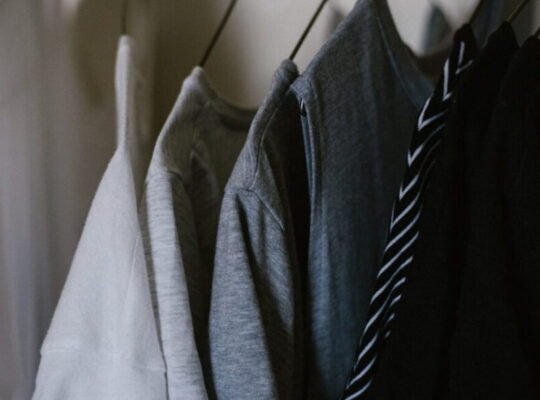Quality, fit, and customer satisfaction are critical success elements in the garment industry, which is one of the most challenging and innovative sectors in the world. Meeting these objectives is not simple, though, as the production process—from design to delivery—involves several difficulties and complexity. Measuring clothing to ascertain how well it fits the intended target market and complies with buyer specifications is one of the most important parts of the textile manufacturing process.
Importance of Measurement
Measurement of garments is the process of determining the dimensions of each part of the garment, such as length, width, circumference, etc. This process is essential for preparing the garment pattern, grading the sizes, sampling the product, and inspecting the final output. However, the measurement of garments is not a simple task, as many factors can affect the accuracy and consistency of the results, such as fabric properties, sewing methods, human errors, and measurement techniques.

Standard Method
You must follow a standard method of garment measurement (SMGM), which outlines the primary measurement locations and the process for measuring garment dimensions, to overcome these obstacles and ensure both the precision and consistency of the measurement of garments. An SMGM is a set of guidelines that clearly illustrates and provides directions on how and where to measure a garment. It also uses standard terminology and notation. Additional measurement points that are important to particular product categories, such as dresses, shirts, jeans, etc., can also be specified in an SMGM.
There are many advantages to following an SMGM, including the following:
- Using a single language and reference system can help the various parties involved in the production process—such as designers, pattern makers, manufacturers, buyers, and quality controllers—improve communication as well as collaboration.
- Minimize the number of mistakes and variations in the measurement of garments, by providing a consistent and reliable method that can be easily replicated and verified.
- Optimize the production process’s productivity and efficiency by avoiding the need to remeasure, resample, regrade, or rework the garments, which would result in a waste of time and money.
- Increasing customer satisfaction and loyalty can be achieved by providing end users with clothing that fits, feels comfortable, and looks great.
Measurement Standards
The International Organization for Standardization (ISO) created ISO 18890:2018, an international standard, which is one of the most commonly recognized and adopted SMGMs in the apparel industry. A thorough SMGM for garments is provided by ISO 18890:2018, which covers all the important product categories and measurement points. Additionally, the ISO 18890:2018 provides instructions on how to operate the measuring equipment, prepare the garments for measurement, and report the results. ISO 18890:2018 may be used as a guide or basis for creating SMGMs that are specifically tailored to the demands and specifications of the parties involved in the project.

Guidelines of Today
In conclusion, measuring clothing is a complex and important process that requires a high level of consistency and precision. Following Standard Production Guidelines (SMGM) such as ISO 18890:2018 can assist you in the apparel business by improving production quality and efficiency, which will ultimately boost customer satisfaction and loyalty. Therefore, the SMGM is an essential tool for the apparel sector that shouldn’t be overlooked or underrated.
This is why I’ve put together a Method of Measuring Manual so that you can standardise and ensure the quality and accuracy of your garments.
Grab now your Measuring Manual in our Apparel Library!





I have been surfing online more than 3 hours today, yet I never found any interesting article like yours.
It is pretty worth enough for me. Personally, if
all web owners and bloggers made good content as you did, the web will be much more useful than ever before.
thank you so much for your comment, I appreciate it. I am still working on my website and intend to add more valuable information for all the fashion designers and passionate fashion lovers who are looking into starting a fashion brand or need assistance and clarification in this waste ocean of apparel. It is a fascinating business when all parties involved value working ethics, human rights, working conditions, and environmental issues over profit. In my 30 + years of experience in this field, I have had the privilege to work with Portuguese manufacturers and suppliers that support and abide but these principles. More than a business this is a partnership of experience exchange and continuous knowledge, if you are humble enough to want to learn and evolve.
This is what I want to share and pass on to those who are embracing this new apparel business.